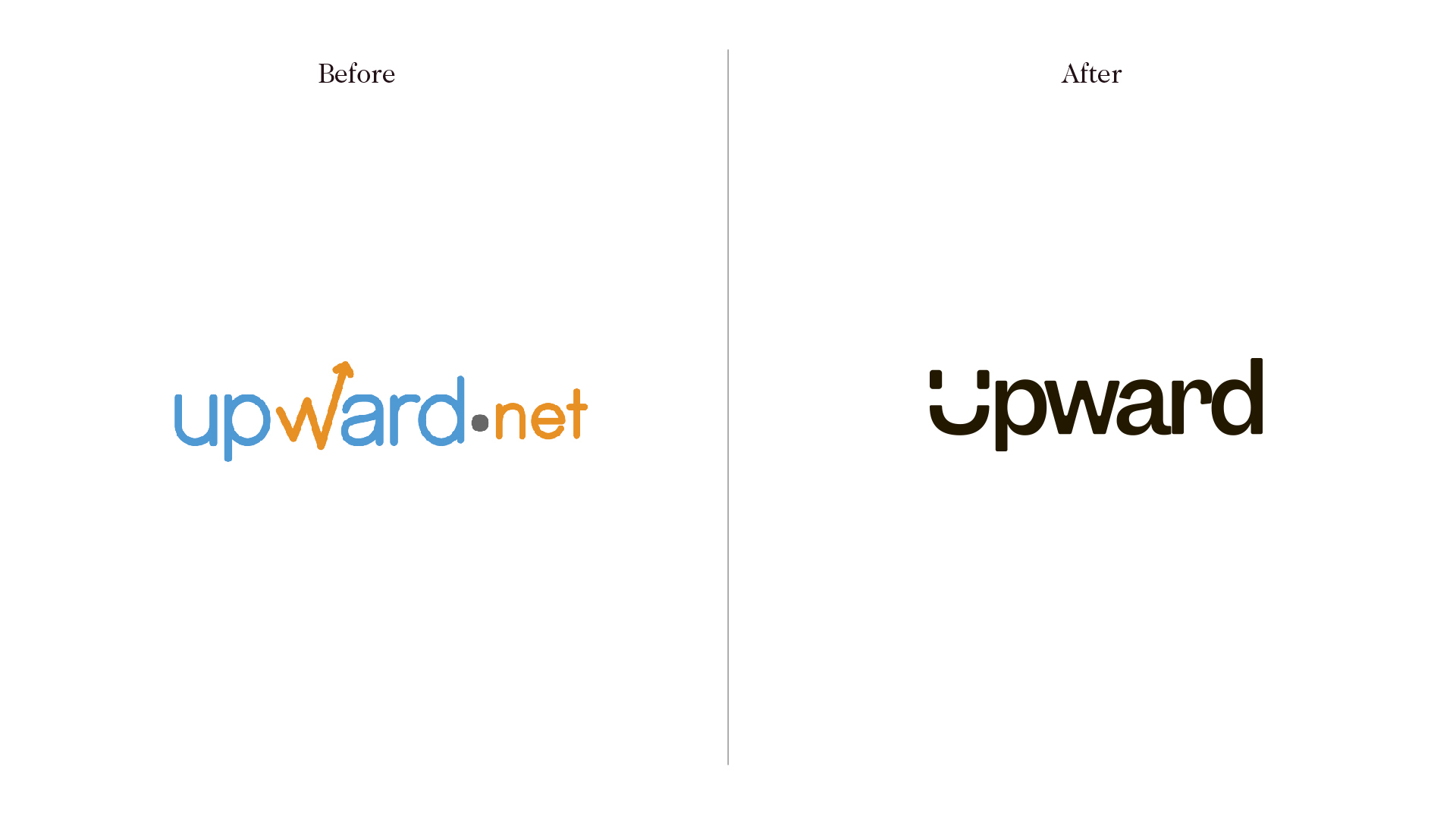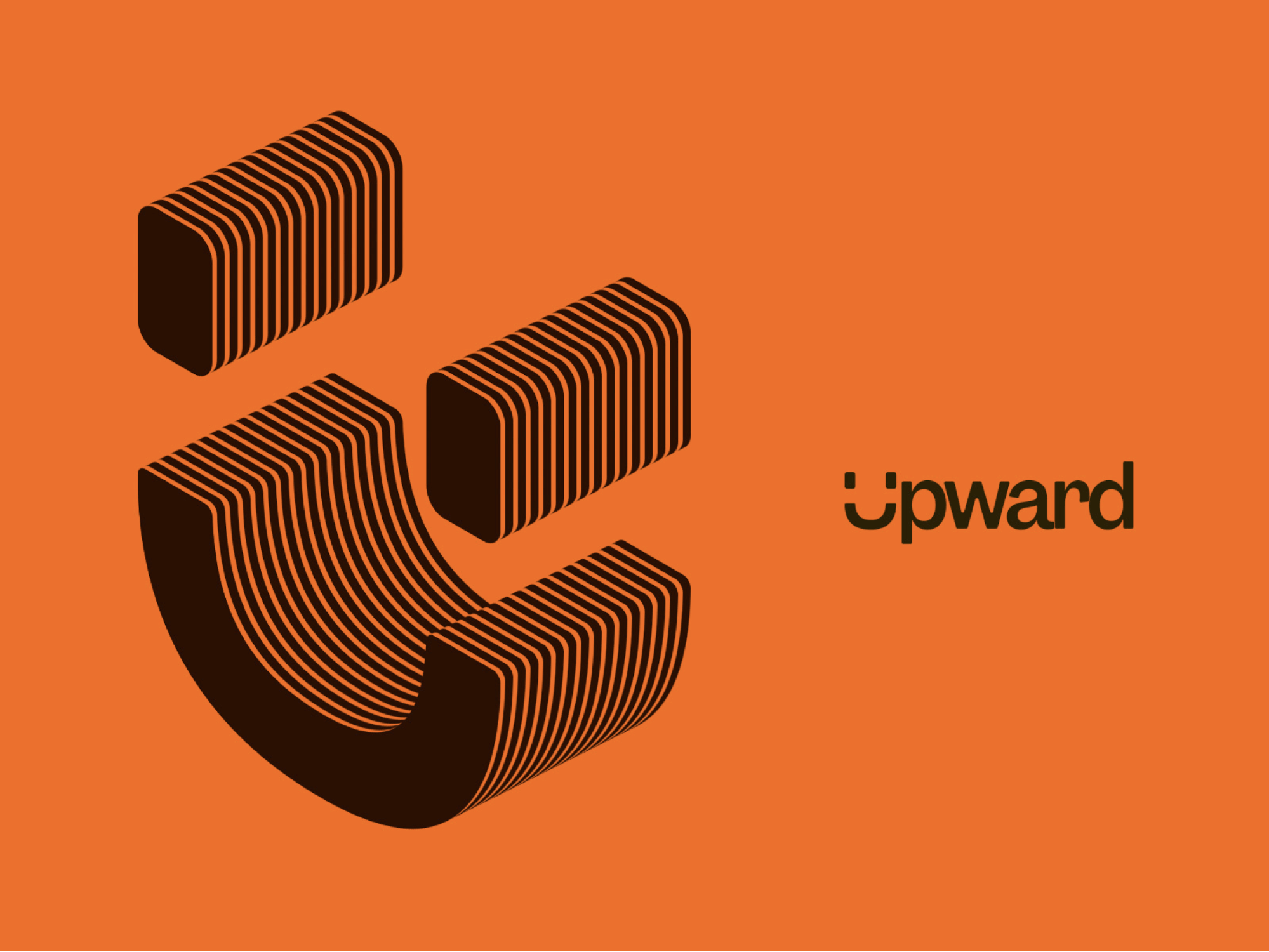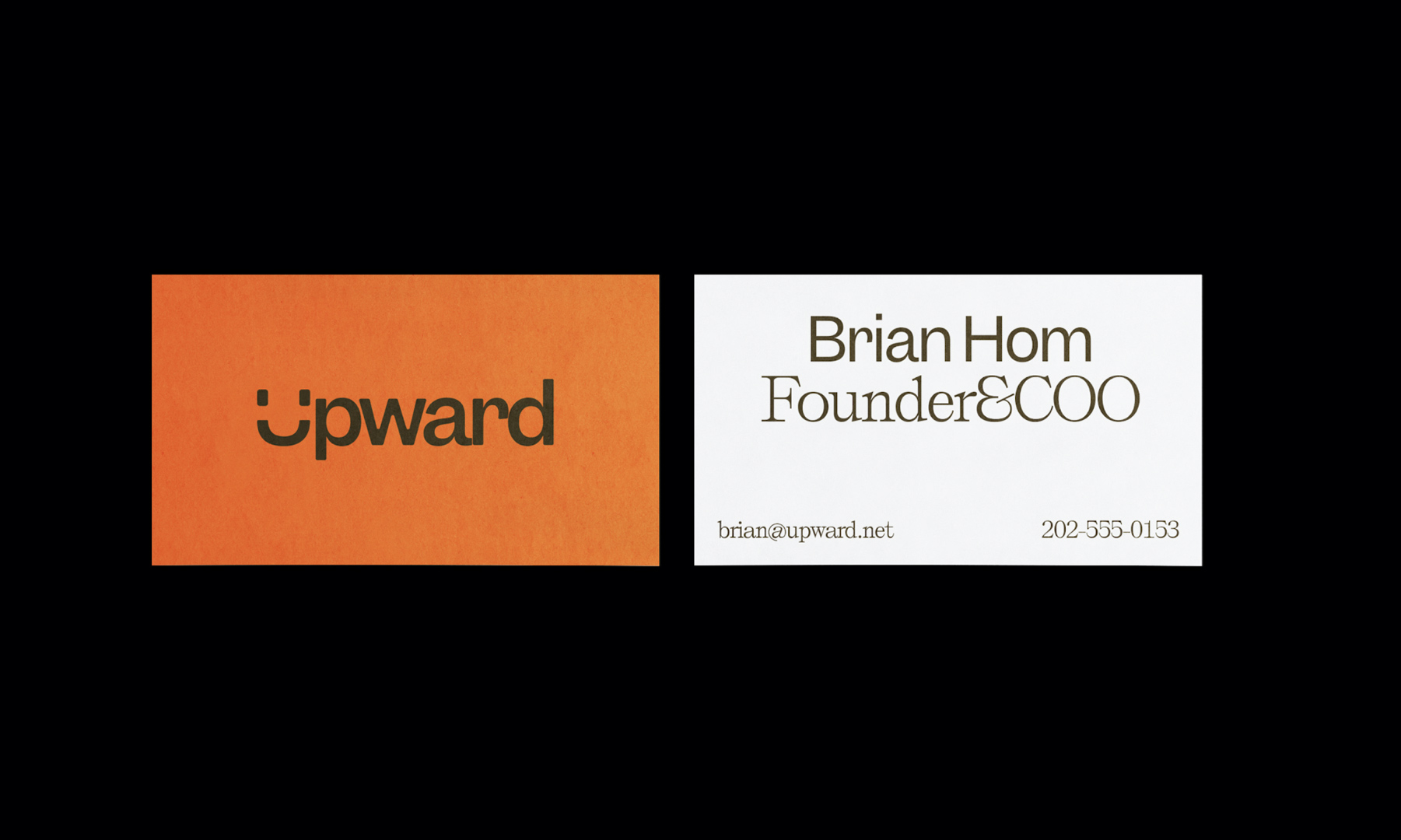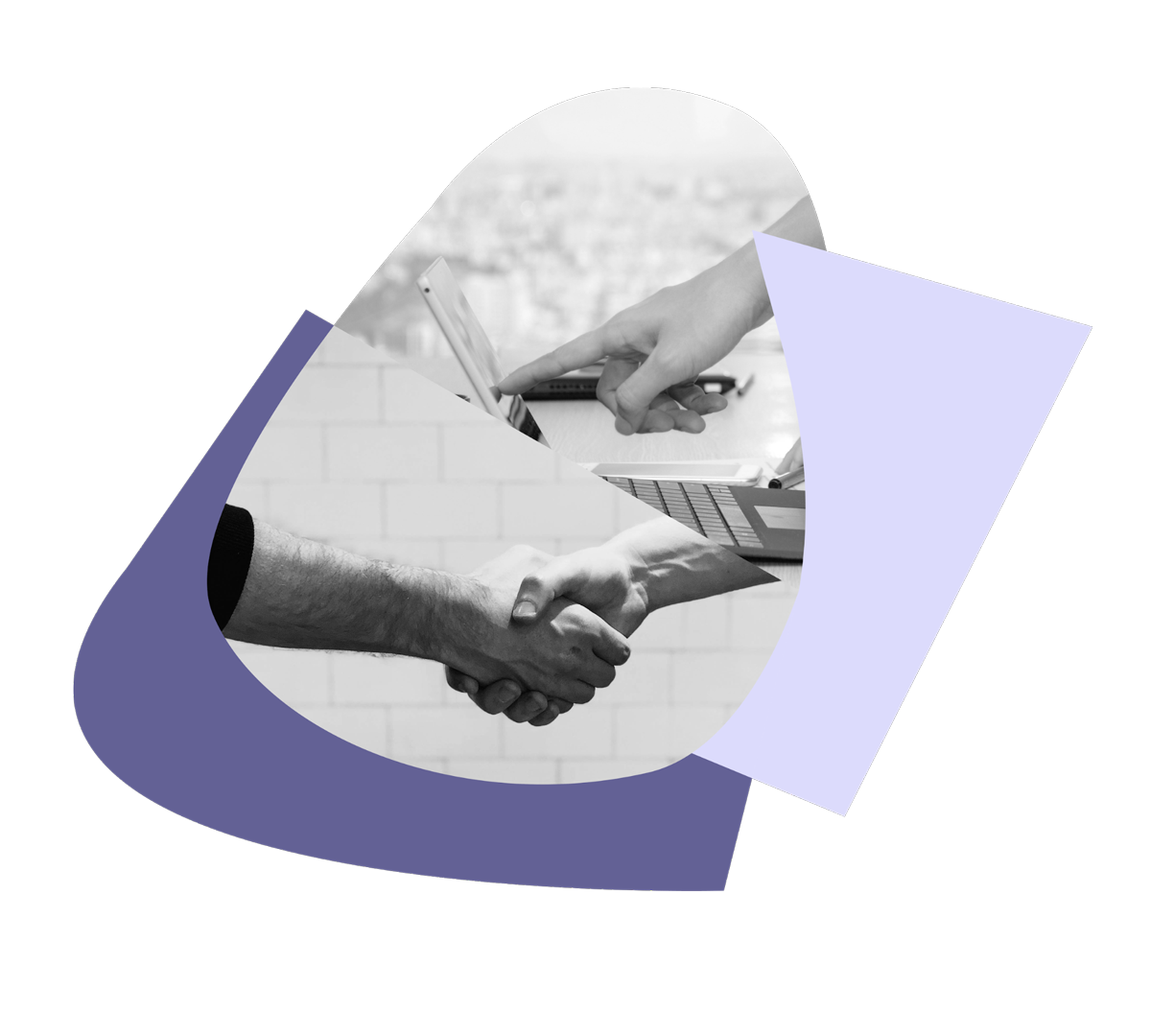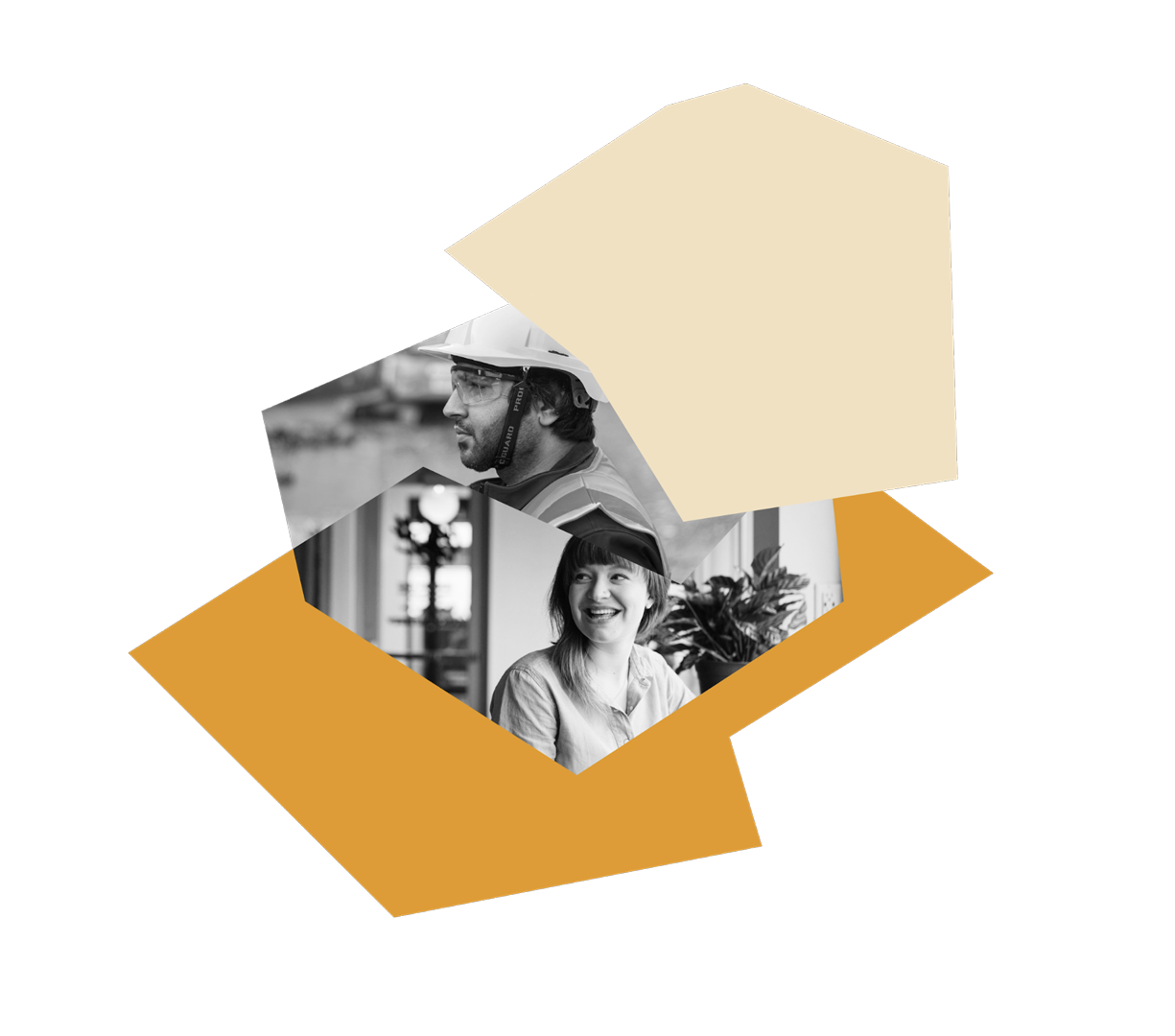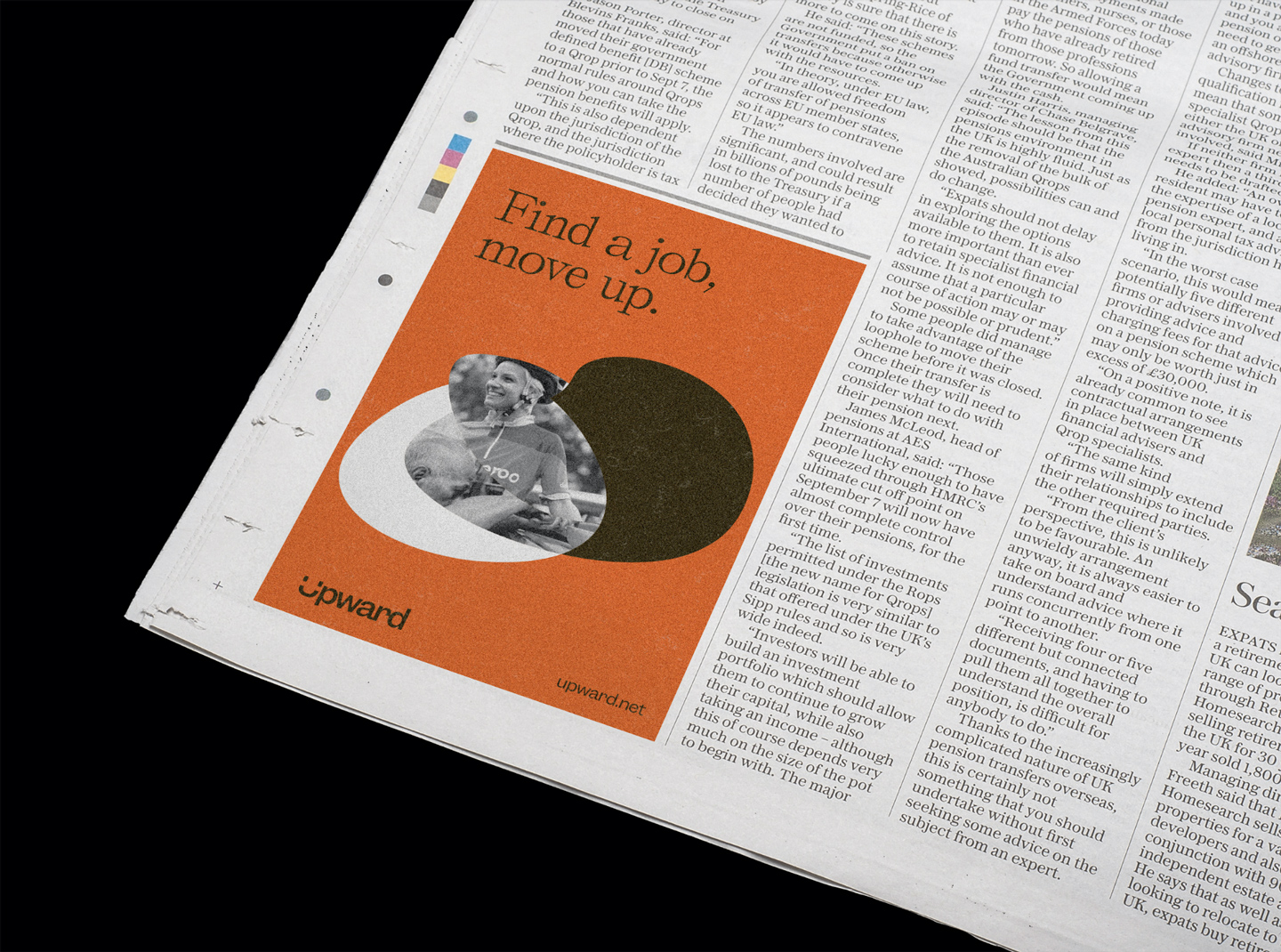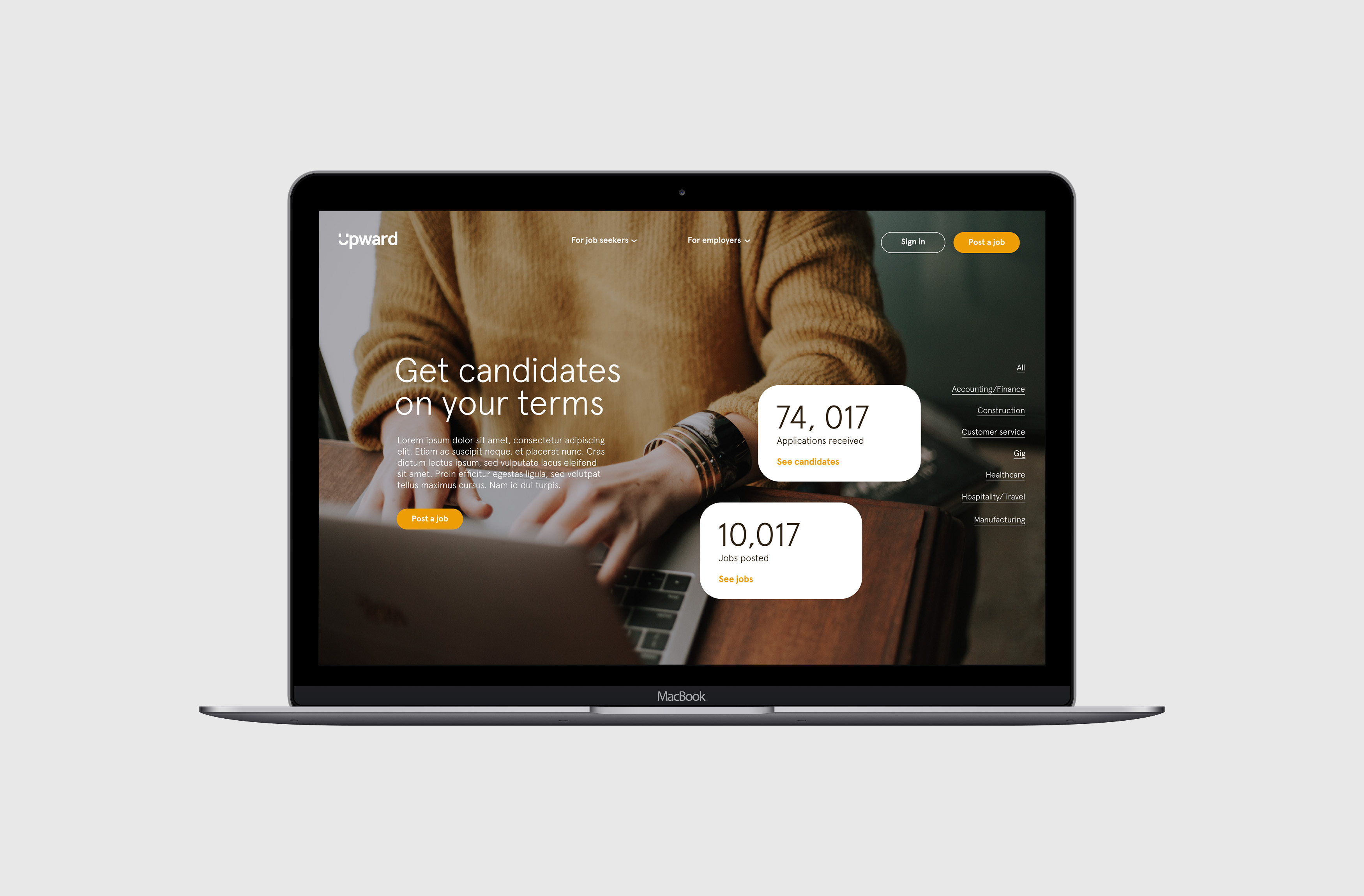Upward sees themselves as more than a job search platform, but a partner in the employment process. This partnership is based on providing tools to businesses that help solve the perennial challenge of hiring the right people. More than an algorithm that spits out search results, Upward is valued by their customers for the “human advantage” that compliments their enterprise software—a truth CEO Brian Hom wanted to emphasize in the company’s brand identity. Beck & Stone was brought on to bring this emphasis into reality.
For a brand to portray an organization’s services and values authentically, we must think on not only what it does on a professional level, but what it means on a personal level. What then does Upward mean to the internal team, their job seeking users, and their enterprise partners? Yes, Upward is a platform—an “it”—that you can use to fill a job or find a job. These are things that it does.
Yet software must be more than a thing with which our users interact, but be controlled by some-one who is their consultant and guide. SaaS is not only technology, but a partner empowered by technology who assists people in making choices that make them happy. And a successful hire for the employer and the employed means mutual benefits of respect, fulfillment, and productivity. In short: a good job and a good employee brings happiness.

